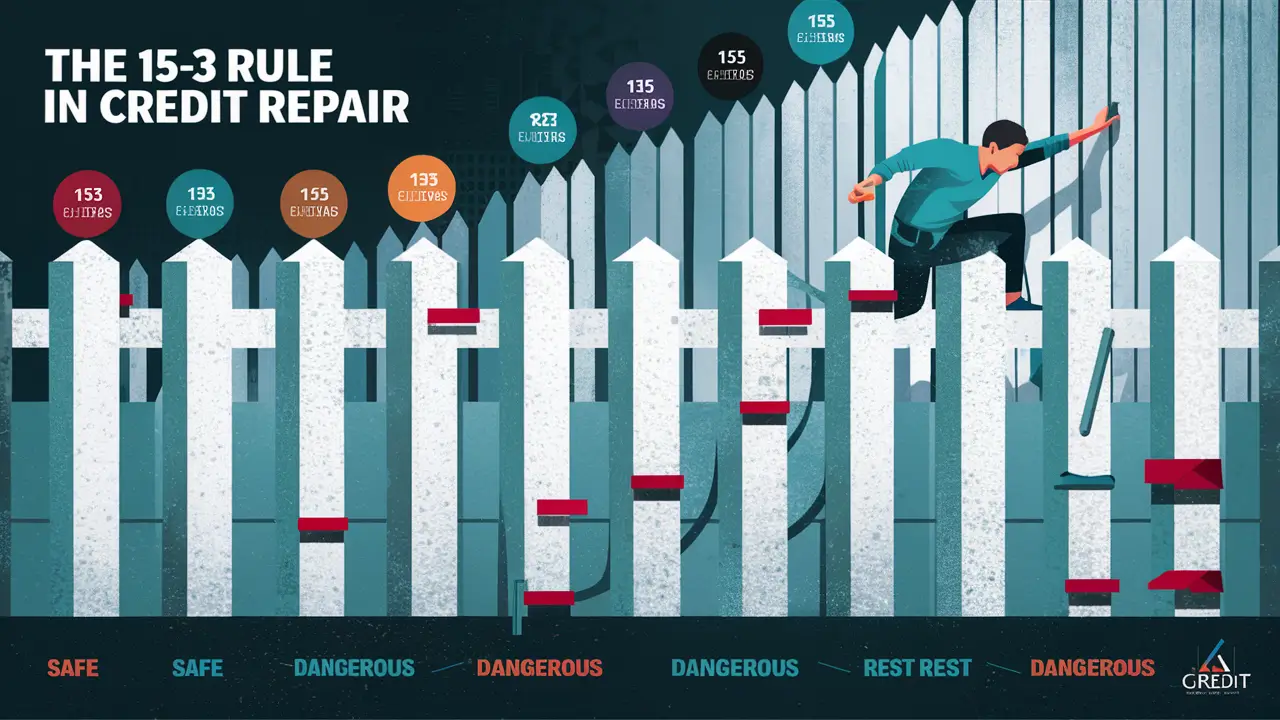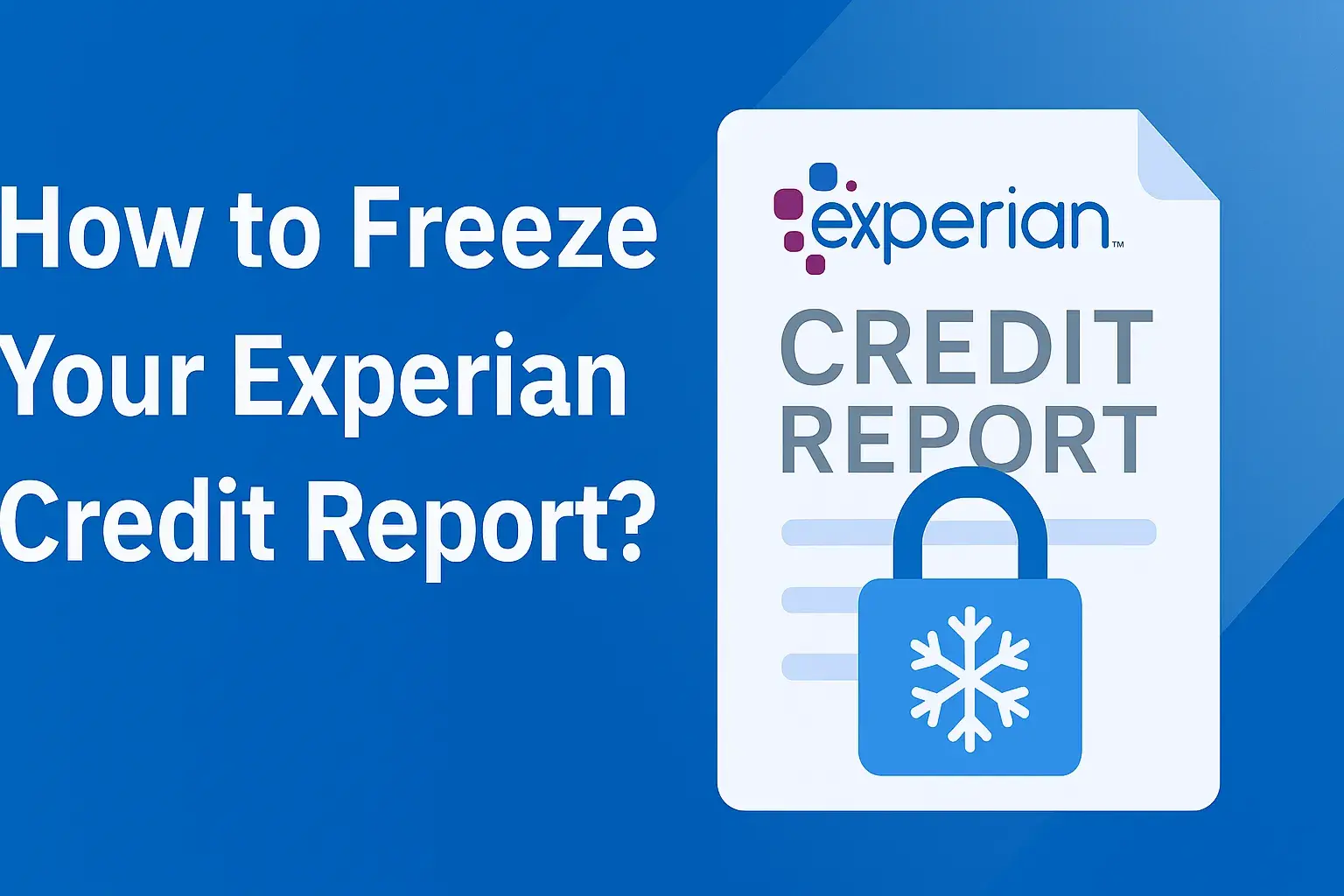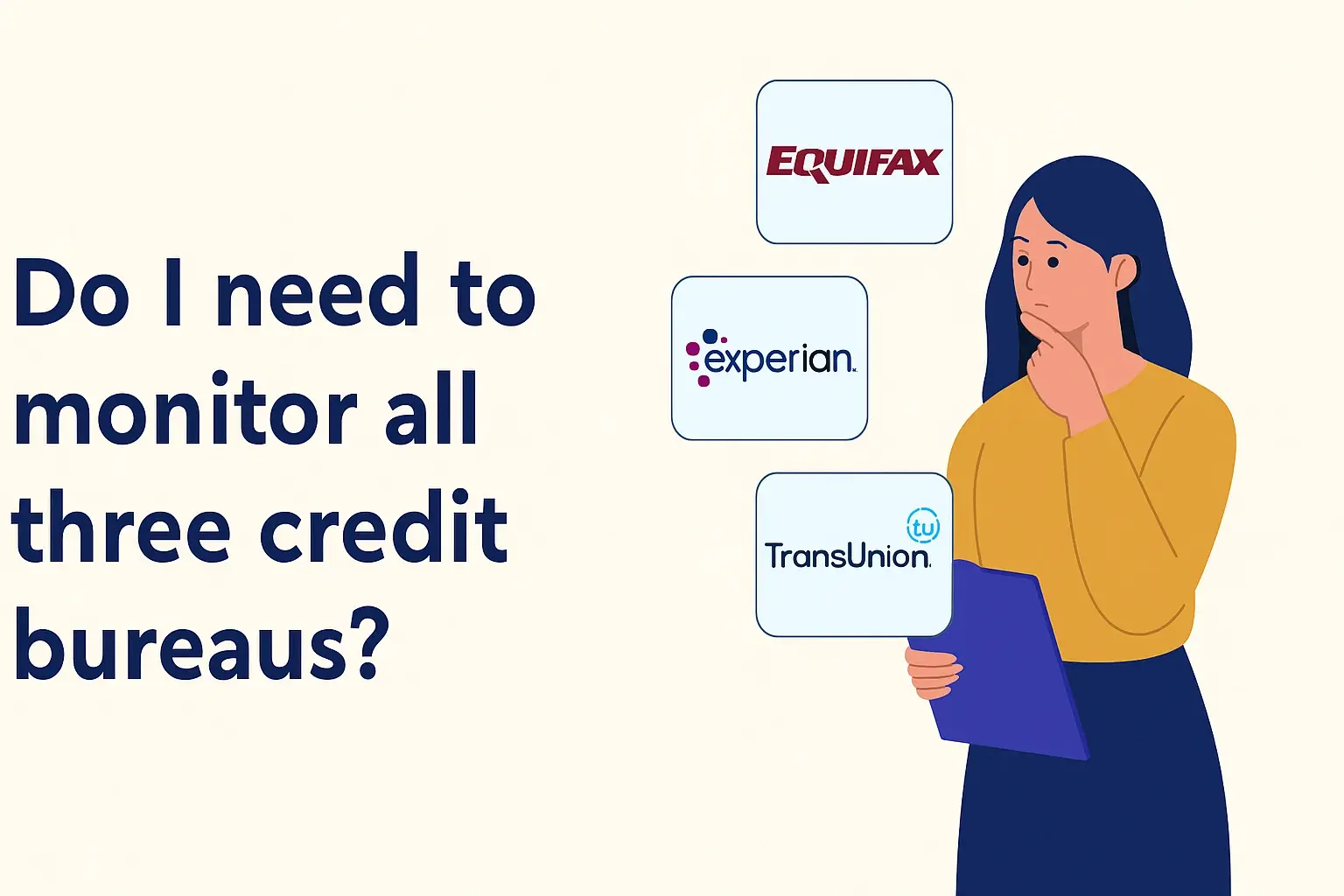-
Posted on: 26 Jul 2024

-
In today's fast-paced world, managing time and staying productive can feel like a constant battle. We're bombarded with information, tasks, and distractions, making it challenging to focus and achieve our goals. That's where productivity rules and techniques come in handy. One such rule, gaining increasing popularity, is the 15-3 rule. This guide dives deep into what the 15-3 rule is, its benefits, and how you can implement it to supercharge your productivity across various aspects of your life.
Understanding the 15-3 Rule
The 15-3 rule is a time management technique that focuses on breaking down tasks into smaller, more manageable chunks. The core principle revolves around the numbers 15 and 3. It suggests that for every task you want to accomplish, you should dedicate a period of 15 minutes of focused work followed by a 3-minute break. This cycle is then repeated as needed to complete the task at hand.
While the exact origins of the 15-3 rule are somewhat hazy, its effectiveness lies in leveraging the principles of focus and recovery. The 15-minute work period is designed to encourage deep concentration, minimizing distractions and maximizing output. The 3-minute break, on the other hand, allows your brain to rest and recharge, preventing burnout and maintaining optimal cognitive function.
The Rationale Behind the 15-3 Structure
The specific time intervals of 15 minutes and 3 minutes are not arbitrary. They are based on psychological research and practical considerations:
- Sustained Focus: 15 minutes is generally considered a reasonable timeframe for most people to maintain focused attention on a single task without significant mental fatigue. It's long enough to make progress but short enough to prevent boredom and distraction.
- Brief Recovery: The 3-minute break is designed to be a quick reset, allowing your mind to detach from the task temporarily. This short break helps prevent mental overload and allows you to return to the task with renewed energy and clarity. It is long enough to stretch, hydrate, or clear your mind but short enough that you don't lose momentum.
- Iterative Approach: By repeating the 15-3 cycle, you approach tasks in an iterative manner, making continuous progress without feeling overwhelmed. This approach is particularly beneficial for tackling large or complex projects that might otherwise seem daunting.
Benefits of Implementing the 15-3 Rule
Adopting the 15-3 rule can bring about a multitude of benefits, impacting not only your productivity but also your overall well-being:
- Improved Focus and Concentration: By dedicating focused 15-minute blocks to specific tasks, you train your brain to concentrate more effectively. This can lead to a reduction in mind-wandering and an increased ability to stay on track.
- Reduced Procrastination: Breaking down large tasks into smaller, more manageable 15-minute intervals can make them less intimidating, thereby reducing the tendency to procrastinate. Starting a task becomes easier when you know it's only for a short period.
- Increased Productivity: The combination of focused work and brief breaks leads to a net increase in productivity. You accomplish more in less time because you're working more efficiently and effectively.
- Enhanced Cognitive Function: Regular breaks allow your brain to recharge, preventing mental fatigue and improving cognitive function. This can lead to better decision-making, problem-solving, and creativity.
- Reduced Stress and Burnout: The 15-3 rule promotes a more sustainable approach to work. By incorporating regular breaks, you prevent mental overload and reduce the risk of stress and burnout.
- Better Time Management: The 15-3 rule provides a structured framework for managing your time. It helps you allocate specific time slots to different tasks and ensures that you make consistent progress towards your goals.
- Increased Motivation: Seeing yourself make consistent progress can be highly motivating. The 15-3 rule helps you track your accomplishments and build momentum, leading to increased enthusiasm for your work.
How to Effectively Apply the 15-3 Rule
Implementing the 15-3 rule is relatively straightforward, but maximizing its effectiveness requires a strategic approach. Here's a step-by-step guide:
- Identify Your Tasks: Start by identifying the tasks you want to accomplish. Be specific and break down large projects into smaller, more manageable subtasks.
- Prioritize Your Tasks: Determine the importance and urgency of each task. Focus on high-priority tasks first to maximize your impact. Tools like the Eisenhower Matrix (urgent/important) can be helpful.
- Allocate Time Blocks: Allocate specific time blocks for each task, using the 15-3 rule. Schedule your tasks in your calendar or use a task management app.
- Minimize Distractions: During the 15-minute work periods, minimize distractions as much as possible. Turn off notifications, close unnecessary tabs, and find a quiet workspace.
- Focus Intently: Dedicate your full attention to the task at hand. Avoid multitasking and resist the urge to check email or social media.
- Take a Break: After 15 minutes, take a 3-minute break. Step away from your workspace, stretch, hydrate, or do something relaxing. Avoid checking work-related emails or notifications during your break.
- Repeat the Cycle: Repeat the 15-3 cycle until you complete the task. If the task is large, break it down into smaller chunks and schedule multiple 15-3 cycles.
- Track Your Progress: Keep track of your progress and celebrate your accomplishments. This will help you stay motivated and make adjustments to your schedule as needed.
- Adapt and Refine: The 15-3 rule is a guideline, not a rigid law. Experiment with different time intervals and adjust the rule to fit your individual needs and preferences. Some people might find 20-5 works better, while others prefer 10-2.
Practical Examples of the 15-3 Rule in Action
The 15-3 rule can be applied to a wide range of tasks and activities:
- Writing: Use the 15-3 rule to write blog posts, articles, or reports. Focus on writing for 15 minutes, then take a 3-minute break to stretch and clear your mind.
- Coding: Use the 15-3 rule to write code, debug programs, or review code. Focus on coding for 15 minutes, then take a 3-minute break to rest your eyes and clear your head.
- Studying: Use the 15-3 rule to study for exams, read textbooks, or complete assignments. Focus on studying for 15 minutes, then take a 3-minute break to review your notes or do a quick quiz.
- Cleaning: Use the 15-3 rule to clean your house, organize your workspace, or do laundry. Focus on cleaning for 15 minutes, then take a 3-minute break to relax and re-energize.
- Learning a New Skill: Use the 15-3 rule to learn a new language, play a musical instrument, or practice a sport. Focus on practicing for 15 minutes, then take a 3-minute break to review what you've learned and prepare for the next session.
- Email Management: Dedicate specific blocks of time using the 15-3 rule to process emails. Focus on responding to emails for 15 minutes, then take a 3-minute break before tackling the next batch.
- Project Planning: Use the 15-3 rule to break down project planning into smaller, more manageable steps. Focus on defining tasks for 15 minutes, then take a 3-minute break before moving on to assigning resources.
Tools to Help You Implement the 15-3 Rule
While you can implement the 15-3 rule with just a timer, several tools can help you manage your time more effectively:
- Pomodoro Timers: Apps like Forest, Tomato Timer, and Focus To-Do are specifically designed for Pomodoro-style time management, which is similar to the 15-3 rule. They provide timers, task lists, and progress tracking features.
- Task Management Apps: Apps like Todoist, Asana, and Trello can help you organize your tasks, prioritize them, and allocate time blocks using the 15-3 rule.
- Calendar Apps: Apps like Google Calendar, Outlook Calendar, and Apple Calendar can help you schedule your tasks and reminders, ensuring that you stick to your 15-3 cycles.
- Focus Apps: Apps like Freedom and Cold Turkey Blocker can block distracting websites and applications during your work periods, helping you stay focused.
Potential Challenges and How to Overcome Them
While the 15-3 rule is generally effective, you might encounter some challenges when implementing it:
- Interruptions: Unexpected interruptions can disrupt your 15-minute work periods. To minimize interruptions, try to work in a quiet environment, turn off notifications, and let others know that you need uninterrupted time.
- Difficulty Focusing: Some people may find it difficult to focus for 15 minutes straight. If you struggle with focus, try breaking down your tasks into even smaller chunks, or use techniques like mindfulness or meditation to improve your concentration.
- Resistance to Breaks: Some people may feel tempted to skip the 3-minute breaks, thinking they'll be more productive if they keep working. However, it's important to remember that breaks are essential for preventing mental fatigue and maintaining cognitive function. Force yourself to take breaks, even if you don't feel like you need them.
- Adjusting the Timing: The 15-minute and 3-minute intervals might not be optimal for everyone. Experiment with different timings to find what works best for you. You might prefer a 20-5 cycle, or even a 10-2 cycle.
- Task Compatibility: Some tasks may not be well-suited for the 15-3 rule. For example, creative tasks that require deep immersion might benefit from longer, uninterrupted blocks of time. In these cases, adapt the rule or use alternative time management techniques.
The 15-3 Rule vs. the Pomodoro Technique
The 15-3 rule is very similar to the Pomodoro Technique, a well-known time management method. The Pomodoro Technique typically uses 25-minute work intervals followed by 5-minute breaks. While both techniques share the core principles of focused work and brief recovery, there are some subtle differences:
- Time Interval: The primary difference is the length of the work and break intervals. The Pomodoro Technique uses longer intervals (25 minutes and 5 minutes), while the 15-3 rule uses shorter intervals (15 minutes and 3 minutes).
- Flexibility: The 15-3 rule might be considered slightly more flexible, as the shorter intervals can be easier to adapt to different tasks and individual preferences.
- Difficulty Level: The shorter work intervals of the 15-3 rule may be more accessible to individuals who struggle with sustained focus or who are new to time management techniques.
Ultimately, the best technique depends on your individual preferences and the nature of the tasks you're working on. Experiment with both the 15-3 rule and the Pomodoro Technique to see which one works best for you.











